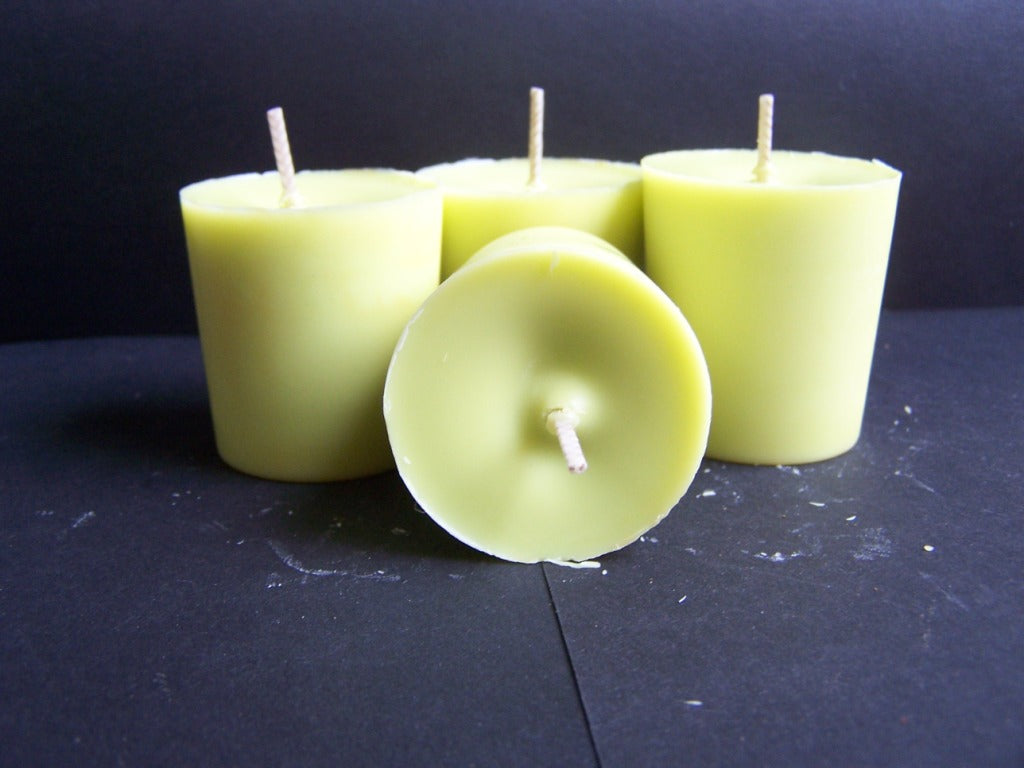Transform Your Home with Eco-Friendly Soy Candles and Home Fragrance
Transform Your Home with Eco-Friendly Soy Candles and Home Fragrance
Blog Article
From Wick to Wax: Recognizing the Chemistry Behind Soy Wax Candles and Their Ecological Influence
As we brighten our rooms with the cozy radiance of candle lights, there lies a world of elaborate chemistry behind the relatively easy act of lighting a soy wax candle. The selection in between soy and paraffin wax prolongs past plain aesthetics, delving right into the world of environmental influence and the really make-up of the materials. Understanding the molecular framework of soy wax and its burning process clarifies the emissions released right into our environments. Join us as we decipher the clinical ins and outs behind soy wax candles and discover their ramifications on our setting.
Soy Wax Vs. Paraffin Wax
When comparing soy wax and paraffin wax for candle light making, it is important to comprehend the distinct features and benefits of each material. Soy wax is an all-natural, eco-friendly resource stemmed from soybean oil, making it biodegradable and green - soy wax candles. On the other hand, paraffin wax is a by-product of oil refining, which increases worries concerning its ecological influence and sustainability
Soy wax candle lights melt cleaner and discharge less soot compared to paraffin wax candle lights, making them a much healthier selection for indoor air high quality. Additionally, soy wax has a reduced melting factor, enabling a longer-lasting candle light that disperses scent better. Paraffin wax, on the various other hand, often tends to burn faster and much less easily, potentially launching damaging chemicals right into the air.
From a sustainability perspective, soy wax is favored for its biodegradability and sustainable sourcing, lining up with the growing customer preference for ecologically mindful items. While paraffin wax has been a standard option in candle light making due to its price and ease of usage, the change towards eco-friendly options like soy wax is obtaining momentum in the market.
Chemical Structure of Soy Wax

Combustion Process in Soy Candles
The chemical structure of soy wax straight affects the burning process in soy candles, affecting variables such as shed time, scent launch, and environmental impact. When a soy candle light is lit, the warm from the flame thaws the wax near the wick. This fluid wax is after that formulated the wick as a result of capillary action. As the liquid wax gets to the fire, it undertakes and evaporates combustion. The burning procedure involves the vaporized hydrocarbons in the wax reacting with oxygen airborne to generate warmth, light, water vapor, and co2.
The combustion performance of soy candles is affected by the purity of the soy wax and the quality of the Discover More Here wick. In addition, soy wax candles have a lower environmental impact compared to paraffin candles due to their biodegradable and sustainable nature.

Environmental Benefits of Soy Wax

Thought about a lasting company website choice to traditional paraffin wax, soy wax provides remarkable ecological advantages that make it a preferred selection amongst eco-conscious consumers. One substantial benefit of soy wax is its renewable sourcing. Soy wax is stemmed from soybean oil, which is mainly cultivated in the United States. The cultivation of soybeans assists sustain regional farmers and minimizes the reliance on non-renewable fossil fuels used in paraffin wax manufacturing. In addition, soy wax is eco-friendly, suggesting it damages down normally without releasing hazardous contaminants right into the environment. This particular makes soy wax candles an extra environmentally friendly option contrasted to paraffin wax candles, which are made from oil, a non-renewable resource. Soy wax burns cleaner and generates less residue than paraffin wax, contributing to far better interior air quality and reducing the requirement for cleaning and maintenance. Generally, the environmental advantages of soy wax straighten with the expanding need for lasting and green items out there.
Recycling and Disposal Considerations
Reusing and correct disposal of soy wax candles play a crucial duty in maintaining environmental sustainability and lowering waste in homes and communities. The very first step is to guarantee that the candle has burned completely when it comes to recycling soy wax candles. This can be attained by allowing the candle to shed till the wick is no longer functional, and after that allowing the staying wax cool and solidify. Once the wax has actually strengthened, it can be carefully eliminated from the container.

In regards to disposal, if recycling is not an alternative, soy wax candle lights are biodegradable and can be safely thrown away in a lot of house waste systems. It is always advised to examine with local reusing facilities or waste administration services for certain guidelines on candle light disposal to make certain correct handling and ecological security.
Final Thought
Finally, the chemistry behind soy wax candle lights discloses their ecological benefits over paraffin wax candle read the article lights. Soy wax, originated from soybean oil, burns cleaner and generates much less soot when compared to paraffin wax. The burning process in soy candles is more effective, causing a longer and extra also shed. Furthermore, soy wax is renewable and eco-friendly, making it an extra lasting choice for candle production. Reusing and proper disposal of soy wax candles additionally contribute to their ecological effect.
When comparing soy wax and paraffin wax for candle light making, it is important to recognize the distinctive features and benefits of each product (soy candles).Soy wax candle lights shed cleaner and release much less residue compared to paraffin wax candles, making them a much healthier option for interior air quality.Taken into consideration a sustainable option to traditional paraffin wax, soy wax supplies notable ecological advantages that make it a prominent option among eco-conscious customers. Soy wax burns cleaner and creates less soot than paraffin wax, contributing to better indoor air top quality and lowering the requirement for cleansing and maintenance.In final thought, the chemistry behind soy wax candles discloses their ecological advantages over paraffin wax candles
Report this page